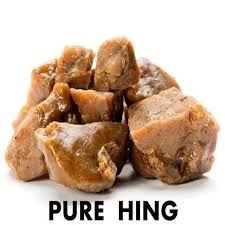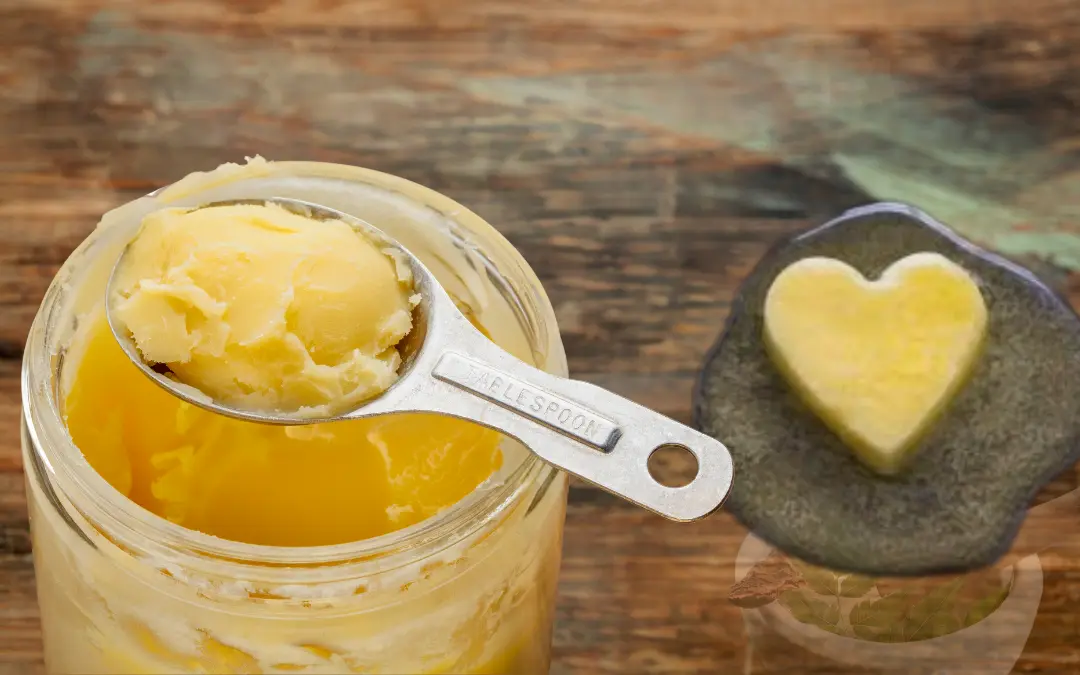The Wonders of Hing: The Unsung Hero of Indian Cuisine

Introduction
Hing, also known as asafoetida, is a quintessential spice in Indian cooking that brings a unique, pungent flavor to many dishes. Despite its strong aroma, hing has been revered for centuries, not only for its culinary uses but also for its impressive health benefits. In this blog, we’ll delve into the origins of hing, its culinary applications, and its health advantages.
The Origins of Hing
Hing is derived from the resin of the Ferula plant, which is native to the mountainous regions of Iran and Afghanistan. The spice has been used in Indian cuisine for thousands of years and is mentioned in ancient texts like the Charaka Samhita, an early Ayurvedic treatise.
Culinary Uses

1. Flavor Enhancer
Hing is often used as a flavor enhancer in Indian cooking, particularly in vegetarian dishes. Its strong, sulfurous aroma can be off-putting at first, but when used in small amounts, it adds a depth of flavor similar to garlic or onion. This makes it especially valuable in Jain and Brahmin cuisines, where garlic and onions are avoided for religious reasons.
2.Digestive Aid
One of the primary uses of hing in cooking is as a digestive aid. It is commonly added to lentil and legume dishes to prevent gas and bloating. A pinch of hing can make heavy foods easier to digest, making it a staple in dishes like dal, sambar, and chana masala.
Versatile Ingredient
Hing is incredibly versatile and can be used in various dishes. It pairs well with vegetables, curries, pickles, and even soups. To use hing, it is typically dissolved in hot oil or ghee to release its full flavor before being added to a dish.
Health Benefits

1.Anti-inflammatory and Antioxidant Properties
Hing is rich in antioxidants, which help combat free radicals and reduce inflammation in the body. This can aid in preventing chronic diseases and promote overall health.
2. Respiratory Relief
Hing has been traditionally used to relieve respiratory issues like asthma, bronchitis, and cough. Its anti-inflammatory properties help soothe the respiratory tract, making it easier to breathe.
3. Antimicrobial Benefits
The antimicrobial properties of hing can help fight off harmful bacteria and viruses. This makes it a valuable addition to the diet, especially during cold and flu season.
4.Pain Relief
In traditional medicine, hing has been used as a natural remedy for pain relief. Its anti-inflammatory properties can help reduce pain and swelling in conditions like arthritis and menstrual cramps.
How to Use Hing
Using hing in your cooking is simple. Here are a few tips to get you started:
1. Start Small: Hing has a very strong flavor, so start with a small pinch and adjust according to your taste.
2. Dissolve in Oil: Always dissolve hing in hot oil or ghee before adding it to your dish. This helps to mellow its flavor and evenly distribute it.
3. Store Properly: Hing is very potent and can lose its flavor if not stored properly. Keep it in an airtight container in a cool, dark place.
Conclusion
Hing is an indispensable spice in Indian cuisine, offering a unique flavor and a multitude of health benefits. Whether you’re looking to enhance the taste of your dishes or improve your digestive health, hing is a powerful and versatile ingredient worth adding to your pantry. So, the next time you’re preparing an Indian meal, don’t forget to add a pinch of hing for that extra burst of flavor and health.


